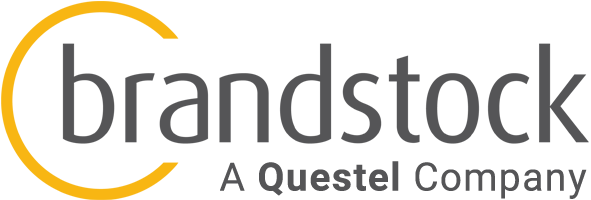Cut costs and reduce inefficiencies: what can in-house legal teams do?
There is always pressure on costs. Indeed, an in-house legal team is often seen purely as a cost centre, which can make discussions over budgeting challenging.
However, there are several things that legal teams can do to demonstrate their value to a business, and potentially some easy ways to cut costs and improve efficiency within the legal department.
Preparing the annual legal deparment budget is always a struggle?
Find out the best practices!
Assessment
Cutting costs starts with understanding what you currently spend on. For most legal teams, that will be a combination of staff, external counsel, systems, software and administration, fees related to legal work, training and development.
Undertaking benchmarking exercises will help you identify potential areas for making savings and increasing efficiency. With IP for example, conducting an IP benchmarking exercise such as offered by Brandstock will allow you to easily identify where you’re paying too much for external legal services and how you could improve the performance of your external counsel network.
Similarly, understanding what you typically spend with external legal counsel on a particular matter will help you understand where you might make savings while improving efficiency.
Lastly, it’s worth looking within your legal team too. Are the staff members you have performing not just effectively but in the most efficient way? If you have well-paid staff performing basic tasks relating to particular legal matters, you may be able to generate better efficiency by focussing them on higher-value tasks and finding an alternative for the more basic elements.
Action
Once you’ve identified potential areas for increased efficiency and cost reduction, there are various things you can do to act on those.
If you’ve conducted a benchmarking exercise, either in-house or with an external partner, you can approach your external counsel network and ask them to provide a new pricing proposal.
With external counsel, you might consider employing requests for proposals for future activity in order to ensure you get the most efficient, most cost-effective solution going forward, though it is worth noting that administering these is in itself a relatively burdensome exercise for your legal team.
You may also identify areas in which you are currently using external counsel unnecessarily. For many tasks, especially related to IP management, alternative legal services providers may be able to do a large part of the work with equivalent or increased efficiency and at a lower cost.
In-house efficiency
One overlooked element of making your legal team more efficient is your ability to measure the performance of those actually working in the team.
Having robust, useful key performance indicators (KPIs) to measure progress is helpful in this regard, but it can be a challenge to work out how best to assess performance.
Some metrics by which you might choose to measure performance include:
Turnaround times – how long does it take a specific person to perform a specific task. Targeting your staff effectively on this metric should help improve efficiency.
Assessing quality – instituting a review system for particular work, in which the quality of the work of the legal team member is assessed either by another member of the team or potentially by an external partner may help improve performance.
Ask other departments – involving other areas of the business to assess the performance of your legal team may provide a quick and efficient way to identify potential improvements you can make.
Institute scorecards – actually having written records of how well the legal team’s tasks have been achieved can be helpful in monitoring improvements and identifying areas for further development. One job of a legal team is to manage legal risks. Instituting a scorecard system in which risk is identified and measured against the actual performance of a given piece of work will provide an excellent insight into where you can improve.
Control costs – assess how well your staff are paid, and what you achieve from them in return for those salaries. Paying above industry average may paradoxically be cheaper than paying low rates, because you are more likely to retain staff and save the recruitment and training costs associated with new team members. But there is always a balance to be struck, and understanding typical rates for your industry is key to this assessment.
Cutting costs and improving efficiency for in-house legal teams requires an overview of many different elements, but understanding and being able to measure those elements is vital to the ongoing performance of any department.



























